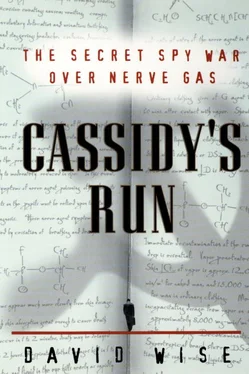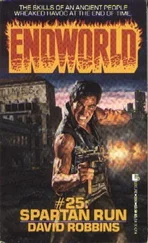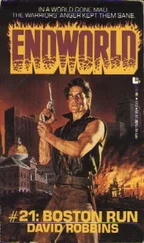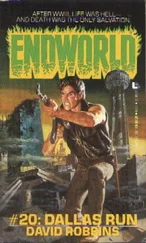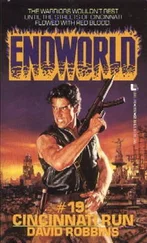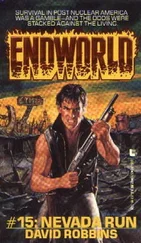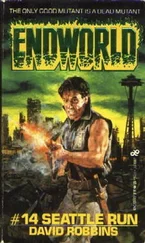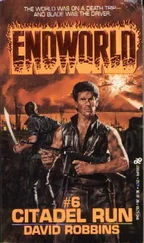One morning in May, Zheleznyakov switched on the fume cabinet as usual, and something went wrong. He later described what happened in an interview with New Times, a Moscow magazine. “I saw rings before my eyes—red, orange. Bells were ringing inside my head, I choked.” Gripped by fear, “I sat down, and told the guys: I think it has got me.” His chief told him to go home and lie down, he would feel better. “They assigned me an escort, and we walked past a few bus stops. We were passing the church near Ilich Square when suddenly I saw the church lighting up and falling apart. I remember nothing else.”
Mirzayanov provided additional details. When the accident occurred, he said, Zheleznyakov’s chief “told him he was drunk and to go home and did not call an ambulance. They took him to the square and dropped him there. He fell on the street, a friend brought him back, and then they called an ambulance.”
Zheleznyakov was taken to the hospital by KGB agents, who told physicians that he had been poisoned by eating bad sausage. The KGB agents made the doctors sign a pledge never to talk about the case. Zheleznyakov was kept in strict isolation. His heart was barely beating, and the level of cholinesterase in his bloodstream was close to zero.
After he had spent eighteen days in intensive care, the doctors managed to save his life. But he was left totally disabled, diagnosed with, among other illnesses, cirrhosis of the liver, toxic hepatitis, and epilepsy. In July 1992, he died.
Unlike his doomed colleague, Vil Mirzayanov did not work on the final, binary form of Novichok, but he participated in the development of A-230, one of the precursor chemicals of the powerful new nerve gas. The initial tests of Novichok, he said, were carried out at Shikhany and in Nukus, Uzbekistan, eighty miles south of the Aral Sea. The final military tests were conducted between 1986 and 1989 in Nukus, he added.
Without access to the top-secret archives of the Soviet nerve-gas program, it is not possible to know whether the nerve-gas formulas passed to the Russians by Operation SHOCKER led, directly or indirectly, to the development of Novichok. But there is evidence that information obtained by Soviet intelligence about the American nerve-gas program did influence Moscow’s own decisions and efforts.
Vil Mirzayanov said that both the Soviet version of VX, known as Agent 33, and binary weapons, such as Novichok, “were developed in response to American programs and Soviet intelligence. I sometimes saw intelligence information, sourced to American sources but not to individuals. No other country had nerve-gas research. We even knew what chemicals were developed in what laboratories.
“In 1965, when I started at the research institute, there was no talk of binary weapons. In the early seventies, work began here on binary. I think we saw some intelligence information.” Some of that information could have come from the Joint Chiefs via Operation SHOCKER. Data about GJ—the nerve gas pursued but never attained as a weapon by American scientists—was passed to the GRU between 1966 and 1969; the formula supposedly would have produced a result in binary form.
Mirzayanov said that in the early 1960s, the Soviets obtained VX from the United States through intelligence and had synthesized it in Volgograd by 1963. “The people who did it got the Lenin Prize. Leonid Zaharovich Soborovsky was one, and a woman named Ia Danilovna Shilakova. She was the first to synthesize Agent 33. We know the formula for VX, but the Americans don’t know our Agent 33 formula. Agent 33 is a binary weapon, a combination of two chemicals.”
One reason that Mirzayanov risked all by going public, he said, was that the Soviets had concealed Novichok from the world. In September 1992, negotiations were completed in Geneva on the Chemical Weapons Convention, which requires participating countries to declare and then destroy all chemical-warfare stocks. The United States and Russia have signed and ratified the treaty. But as Mirzayanov noted, Novichok was not listed by Russia among the types of nerve gas it possessed.
Five years after signing the treaty, Moscow had still not acknowledged Novichok in its inventory of nerve gases. In 1998, however, a senior U.S. arms-control official, who spoke on condition of anonymity, confirmed the existence of Novichok. Although both sides have pledged to dispose of their chemical weapons, and began to do so after signing the Chemical Weapons Convention, the Russians still possess the unacknowledged super nerve gas—a weapon that, if ever produced in sufficient quantities, could be used to instantly kill millions of Americans.
Until Vil Mirzayanov spoke out, however, no one knew that the Soviets had developed Novichok. He was convinced that the reason the Russian government wanted to keep the existence of the powerful nerve gas secret was to avoid having to destroy it under the Chemical Weapons Convention.
On January 24, 1994, the closed trial of Mirzayanov began in Moscow City Court. He was charged with revealing state secrets. At the time that Mirzayanov went public, however, the laws dealing with chemical weapons were themselves secret. Mirzayanov and his lawyer argued that under Russia’s new constitution, a person could not be convicted on the basis of secret laws.
Mirzayanov told the author that he was charged with violating part 1, the state secrets section, of article 75 of Russia’s criminal code. “There is a top-secret list of what constitutes state secrets,” Mirzayanov related. “As soon as you are put in prison, you are told there is such a list. I was shown the list once, so was my lawyer, but we were only allowed to keep it for one day and not copy it.” It was, he said, “just like Kafka.”
The scientist refused to participate in or testify at a secret trial. Predictably, three days later, Mirzayanov was arrested again and held for almost a month, this time at Matrosskaya Tishina, a maximum-security prison in Moscow.
U.S. Ambassador Thomas Pickering issued a statement in support of Mirzayanov, protesting that “someone could be either prosecuted or persecuted for telling the truth about an activity which is contrary to a treaty obligation of a foreign government.”
Around the world, human-rights activists rallied to Mirzayanov’s cause. Their efforts were spurred in the United States by two determined women in Princeton, New Jersey, environmental activists Gale M. Colby and Irene Goldman, who bombarded opinion leaders, journalists, members of Congress and others with faxes and updates on the Mirzayanov case.
Then in February, a month after the trial began, Mirzayanov was among the first persons to be freed from prison under a new habeas corpus law. He went home to Nuria and his sons, but the charges were not dropped. Finally, on March 11, Russia’s chief prosecutor closed the case for what a spokesperson said was lack of evidence.
Mirzayanov was free. But the Russians still had Novichok.
CHAPTER: 21
CASSIDY’S RUN
In many ways,Operation SHOCKER was a microcosm of the cold war. Like so much that happened during that unique and dangerous period, it was conducted in secret. It ran for twenty-three years, which made it the longest espionage operation of its kind in the history of the cold war. It was marked by success, failure, triumph, and tragedy.
SHOCKER was a classic illustration of how the cold war was fought by the intelligence agencies of the two sides, largely unseen by the public. For more than four decades, the often dangerous games of espionage were played in the shadows. The opposing armies clashed in a silent war known only to the combatants.
Operation SHOCKER and the two cases it spawned, PALMETTO and IXORA, demonstrated both the lengths to which Soviet intelligence went to seek to penetrate America’s defenses and the efforts of the FBI’s counterintelligence agents to contain the threat and protect the nation’s security. In the process, both sides experienced gains and losses.
Читать дальше
